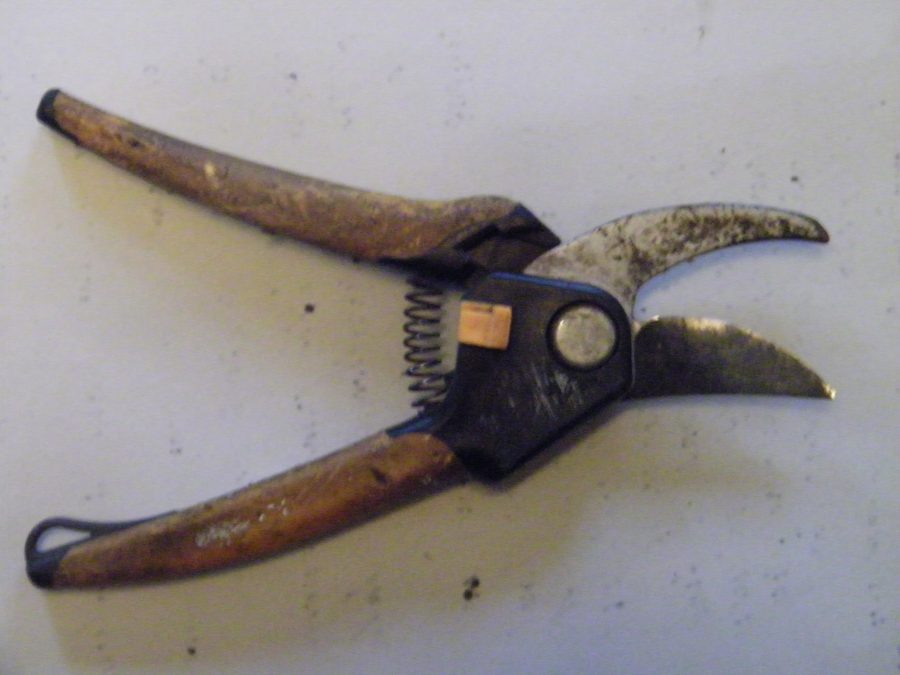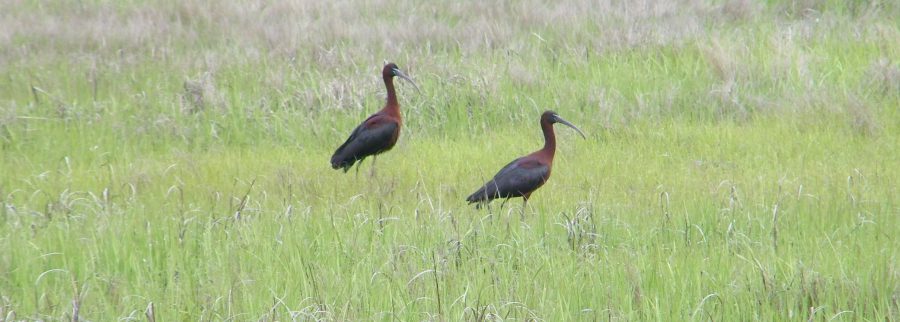“There is not a single thing different inside of everything than is in each of us. We’re all made of the same stuff. It’s the construction that’s different. That construction has a long period – going back some fifteen billion years to the beginning. We are left with construction plans in our DNA and genes that contain blueprints of all those earlier construction projects.”
Albert Sweitzer said these words in a lecture in 1913. He wanted us to see our connection to the big picture. Who, for example, recognizes themselves in their pet dog? There is no physical resemblance, but there is reciprocal love. We recognize ourselves by the dog’s love because we love. We see the dog having the same functions we have.
How do we recognize ourselves in a dragonfly? Again, common functions provide the answer. What is important is the reason why we should look for similarities in all things. All is sacred. Every single smidge of matter, no matter how tiny or how huge, no matter how complex or how simple, offers us a looking glass to reflect. Communion of all different matter each with its own individuality is the key to understanding the reason for the universe. All things in the universe have three characteristics. They are interconnected, they are differentiated from one another, and they each have their own individuality.
If we recognize ourselves in the humblest of creatures, such as a caterpillar crossing a road, is there not the possibility that we will treat that caterpillar with respect and dignity?
Behind the endless diversity of life and non-life, we seek to recognize a spiritual creator that participates in everything. Seeing God in all creation is a good way to respect, treasure, and preserve.



